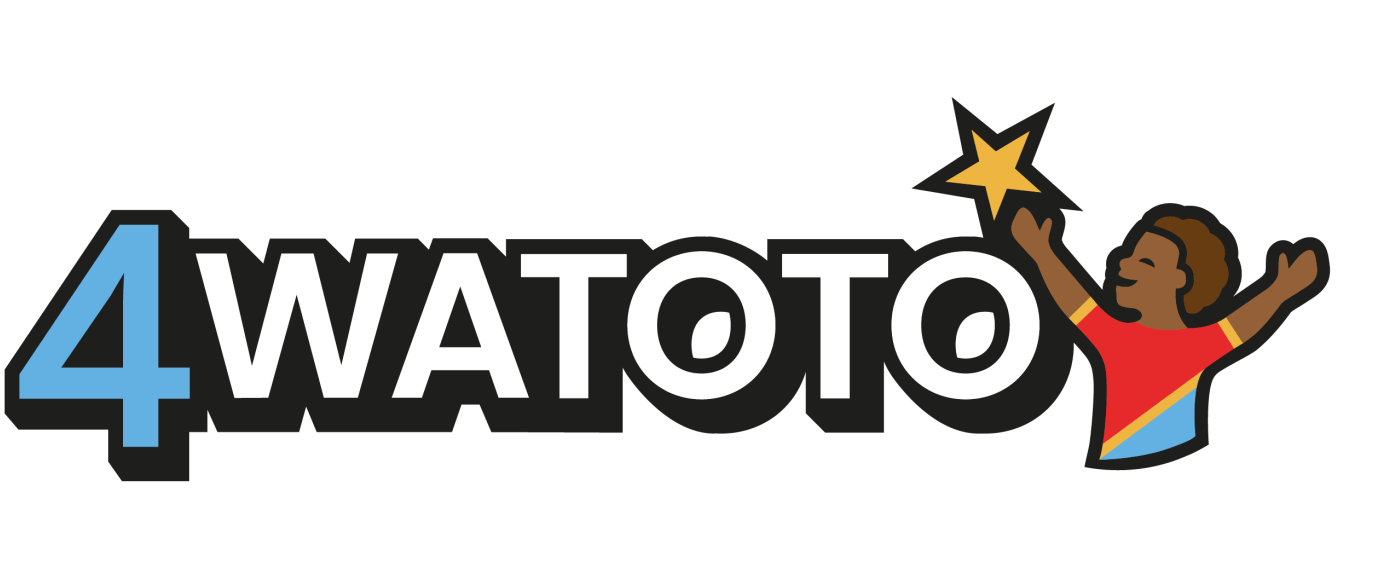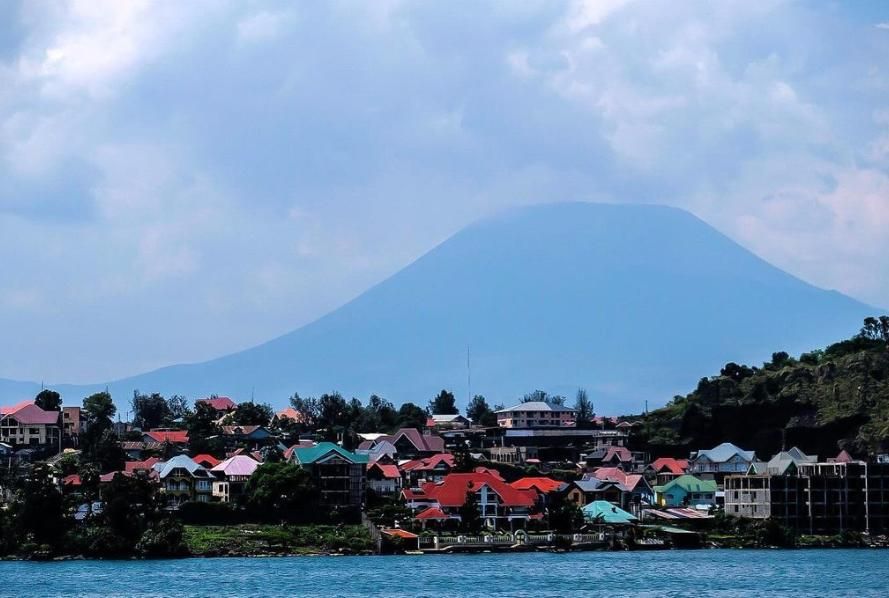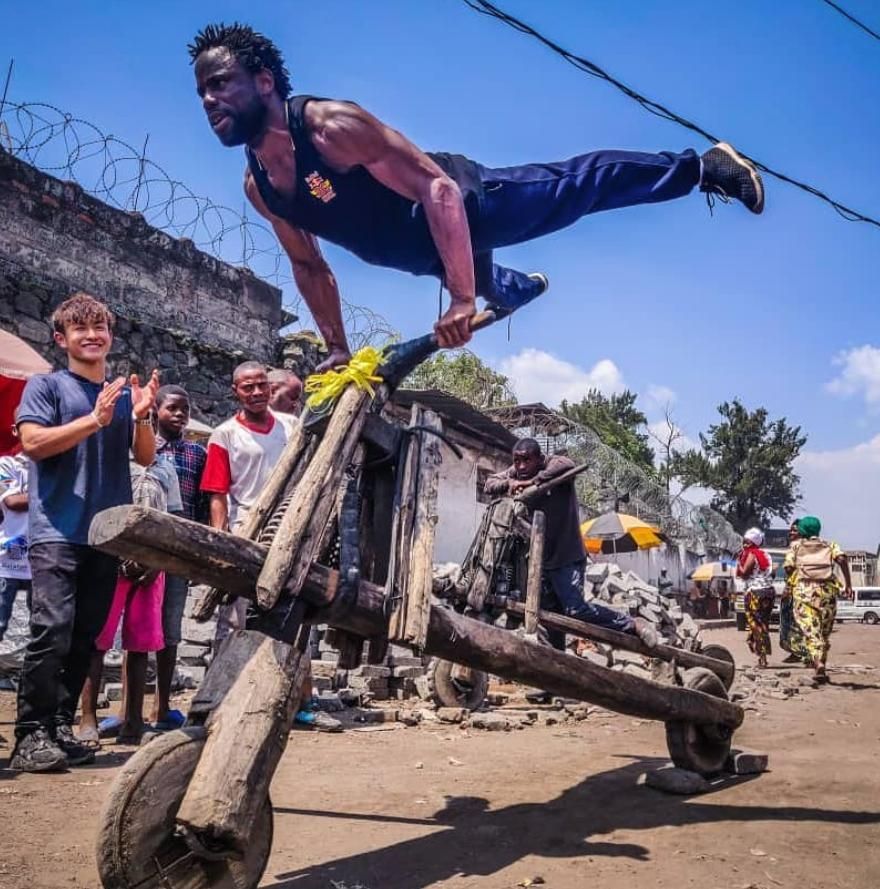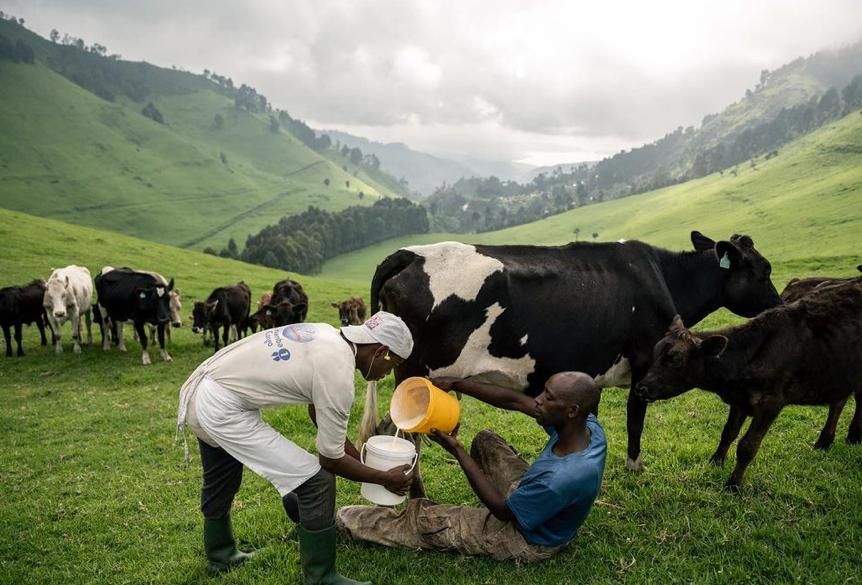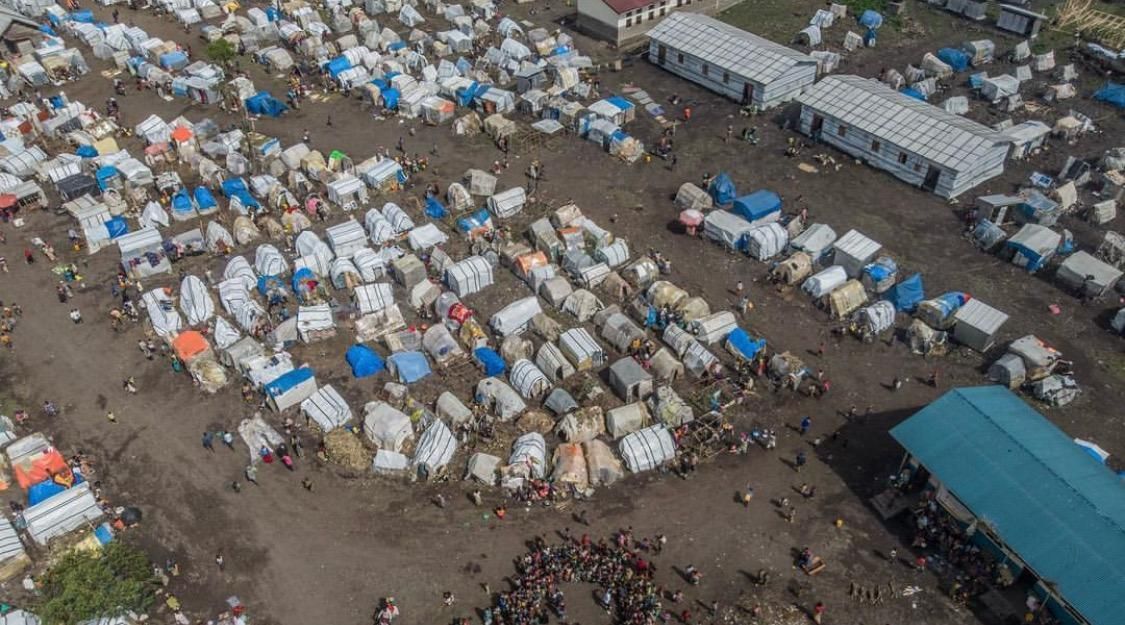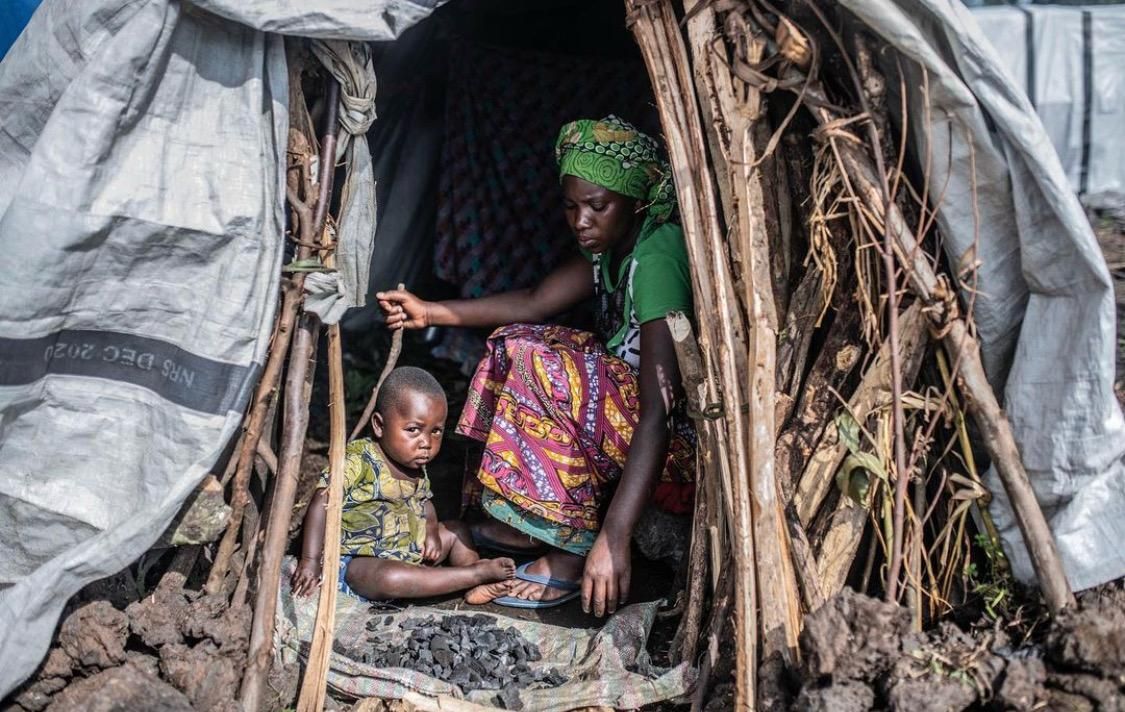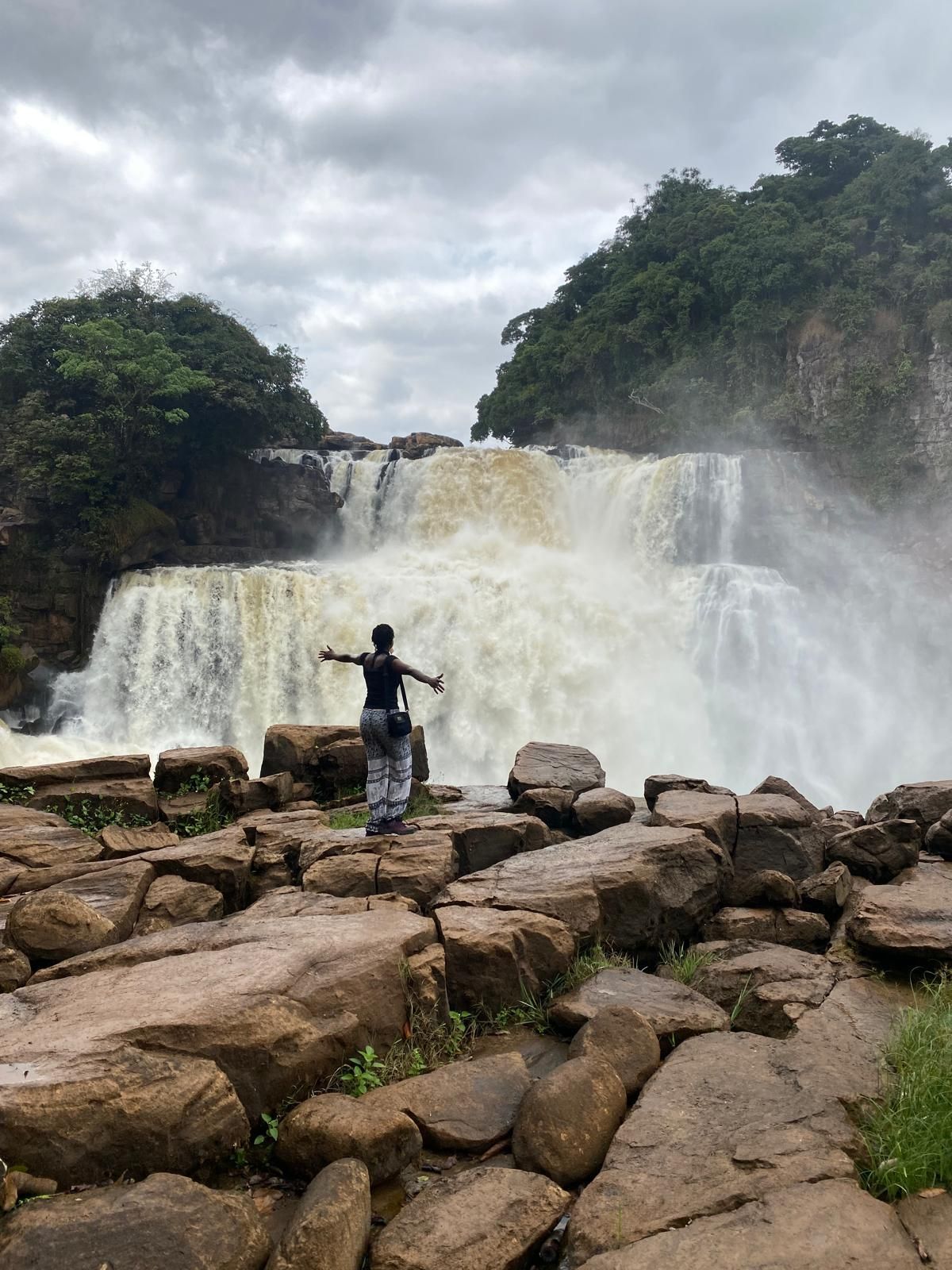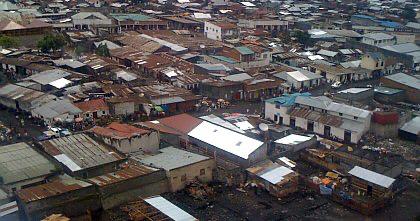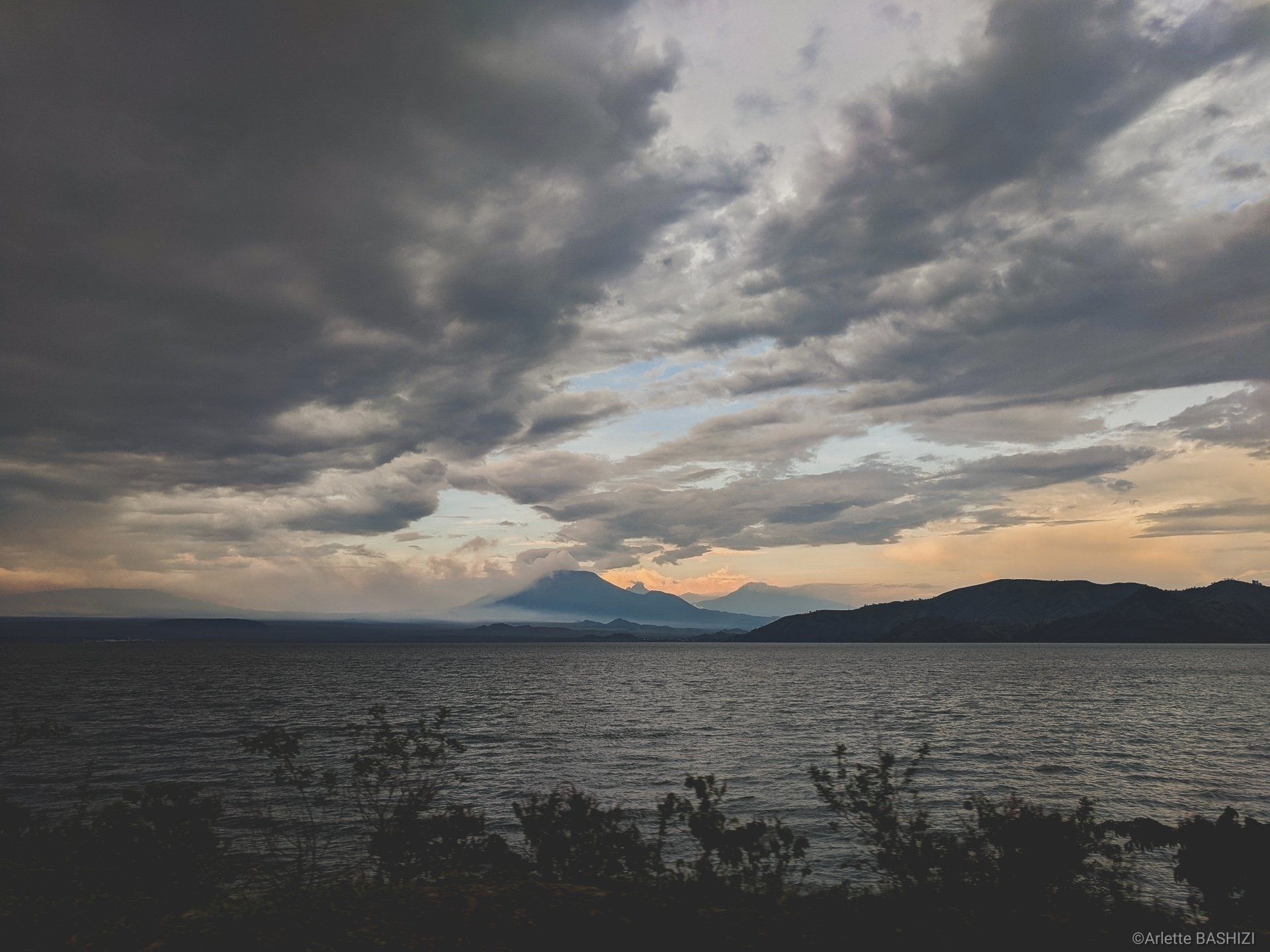4Watoto operates in two countries, namely DR Congo and the Netherlands.
Projects in Goma, DR Congo
🏡 4WatotoHouse – A safe home for children🌱 Farm4TheFuture – Urban farm for food security and employment🚨 Emergency aid: Together for Goma – Direct aid to refugees and affected families🏘 Community work Virunga – Support and empowerment of the local population🎓 Talent Centre – Skills and talent development for young people
Projects in the Netherlands
📚 Education4All – Awareness and knowledge sharing about DR Congo at schools and events🍽 4Watoto By Night – Pop-up restaurant for charity
Location
The 4WatotoHouse is located in Goma, eastern DR Congo, a fast-growing city near Lake Kivu and the Nyiragongo volcano. While parts of Goma are becoming modern and vibrant, many people live in poor neighborhoods and overcrowded refugee camps, where conditions have worsened in recent years. Despite these challenges, Goma remains a city full of energy, resilience and contrasts—a true city of two faces.
Our founder Aline (born and raised in Goma) puts it this way:
"Goma does not stand still. Its people are always full of joy and fighting spirit. We even rebuilt the city together after the volcanic eruption in 2002."
Want to know more about the city of Goma, its culture or what festivals and art exhibitions are happening? Check out: https://livingingoma.com
Goma is herhaaldelijk getroffen door geweld en natuurrampen. In 2008 en 2012 werd de stad bedreigd en tijdelijk ingenomen door rebellengroepen (CNDP en later M23), wat leidde tot grote onrust en instabiliteit.
In 2021 werd Goma getroffen door de uitbarsting van de Nyiragongo-vulkaan, waarbij huizen werden verwoest en duizenden mensen moesten vluchten. Ook 4Watoto moest tijdelijk evacueren, maar bood noodhulp waar mogelijk.
Sinds 2023 is de situatie opnieuw sterk verslechterd. In januari 2025 namen M23 en AFC Goma over, wat leidde tot een enorme humanitaire crisis met meer dan 500.000 vluchtelingen. Ondanks de grote risico’s blijft 4Watoto actief om gezinnen en kinderen te ondersteunen, terwijl de nood hoger is dan ooit.
General
The Democratic Republic of Congo (DRC) or Congo-Kinshasa sometimes better known by its old name Zaire, is located in Central Africa northeast of Angola. The Republic also borders Tanzania and Uganda on its west side. Zambia is located to the south, Congo-Brazzaville to the east, and the Central African Republic and Sudan to the north.
The Democratic Republic of Congo (DRC) is the largest country in Africa after Algeria. With a total area of 2,345,410 km2, it is approximately 69 times larger than the Netherlands. It is estimated that almost 80 million people live there. Most people live in the cities. Almost 9 million people live in the capital Kinshasa.
The country is full of valuable raw materials, such as gold, diamonds, uranium, crude oil, coltan and rubber. Furthermore, the country is very fertile, because it receives a lot of rain. Nevertheless, Congo is one of the poorest countries in the world (176th of 188).
Landscape DR Congo
The nature of DR Congo has an extremely large biodiversity. Of all African countries, DR Congo has the largest variety of plants and animal species. This is partly due to the great diversity of landscapes. In Congo you will find lowlands, lakes, mountains, tropical forest, mangroves and volcanic rock. The immense Congo River flows right through the country.
Plants & animals
There are an unimaginable number of species of plants and animals to be found in the tropical rainforest of the Democratic Republic of Congo. The tropical rainforest provides several species of precious hardwoods including mahogany and ebony. The trees reach up to forty meters in height. Estimates indicate that there are more than 10,000 plant species!
Congo-Kinshasa, the former Democratic Republic of Congo, is home to no fewer than 409 species of mammals, 1086 species of birds and more than 152 species of reptiles. Among this large and impressive variety of species are a few striking animal species. For example, the rare Okapi is only found in Congo. This also applies to the water civet, Congo peacock and bonobo. The very rare mountain gorilla is also found in the mountains of Congo. Bird lovers can enjoy the most diverse tropical bird species. Some examples are the red-tailed parrot, lemon pigeon and white-breasted nigrita. DR Congo is also home to animal species such as the chimpanzee, antelope, lion, rhinoceros, elephant, panther and zebra.
10 fun facts about DR Congo:
- DR Congo is home to Africa's third highest mountain, Mount Rwenzori.
- It has one of the most biologically diverse areas in the world, the Virunga National Park
- There is an active volcano called Nyiragongo, hovering over the city of Goma. Nyiragongo Volcano is one of eight active volcanoes in the country and one of the world's most active volcanic areas. It's a five-hour climb up steep terrain to Mount Nyiragongo, but for those who make the trek, the world's largest lava lake is revealed at the top.
- Harpoon tips discovered on the banks of the Semliki River in DR Congo are over 90,000 years old and are among the first instruments ever fashioned by modern humans using a material other than stone or wood.
- The Kongo Kingdom ruled much of the region from the 14th to the 19th century.
- At 2,900 miles (4,700 km), the Congo River, which flows through DR Congo, is Africa's second-longest river after the Nile. It is also the world's deepest river.
- It is the centre of African music. Some say Nigeria but we disagree 😉. Kinshasa is home to 9.5 million people - called Kinois - who are known for their sense of humour, love of music and dance. The popular 'Ndombolo' music - with a rumba-like sound - has influenced music in the rest of the continent since the mid-1980s. Notable artists: Papa Wemba, Le Grand Kallé, Franco Luambo Makiadi, Koffi Olomide, Lokua Kanza, Fally Ipupa, Zaiko Langa Langa, Werrason, Seigneur Tabu ley Rochereau, Ferra Gola
- Nearest neighbors Kinshasa and Brazzaville (in the neighboring Republic of Congo) are the closest capitals in the world (with the notable exceptions of Vatican City and Rome). Discussions are ongoing about building a bridge across the Congo River to bring these two cities even closer.
- Lukaku, Benteke, Tielemans, Kompany, Kolo Muani, Mandanda, Batshuayi all have Congolese roots and could therefore have chosen to play for The Leopards (nickname for the DR Congo National Football Team). Well-known players such as Bolasie, Mbemba, Tisserand, Masuaku, Afobe and Botaka do play for DR Congo.
- A Congolese regiment recaptured the Ethiopian garrison town of Saio from the Italians during World War II.
WHAT CAN I DO?
The 4Watoto Foundation needs your help!
Become a donor!
Help us structurally to help children in DR Congo for a fixed amount per month.
